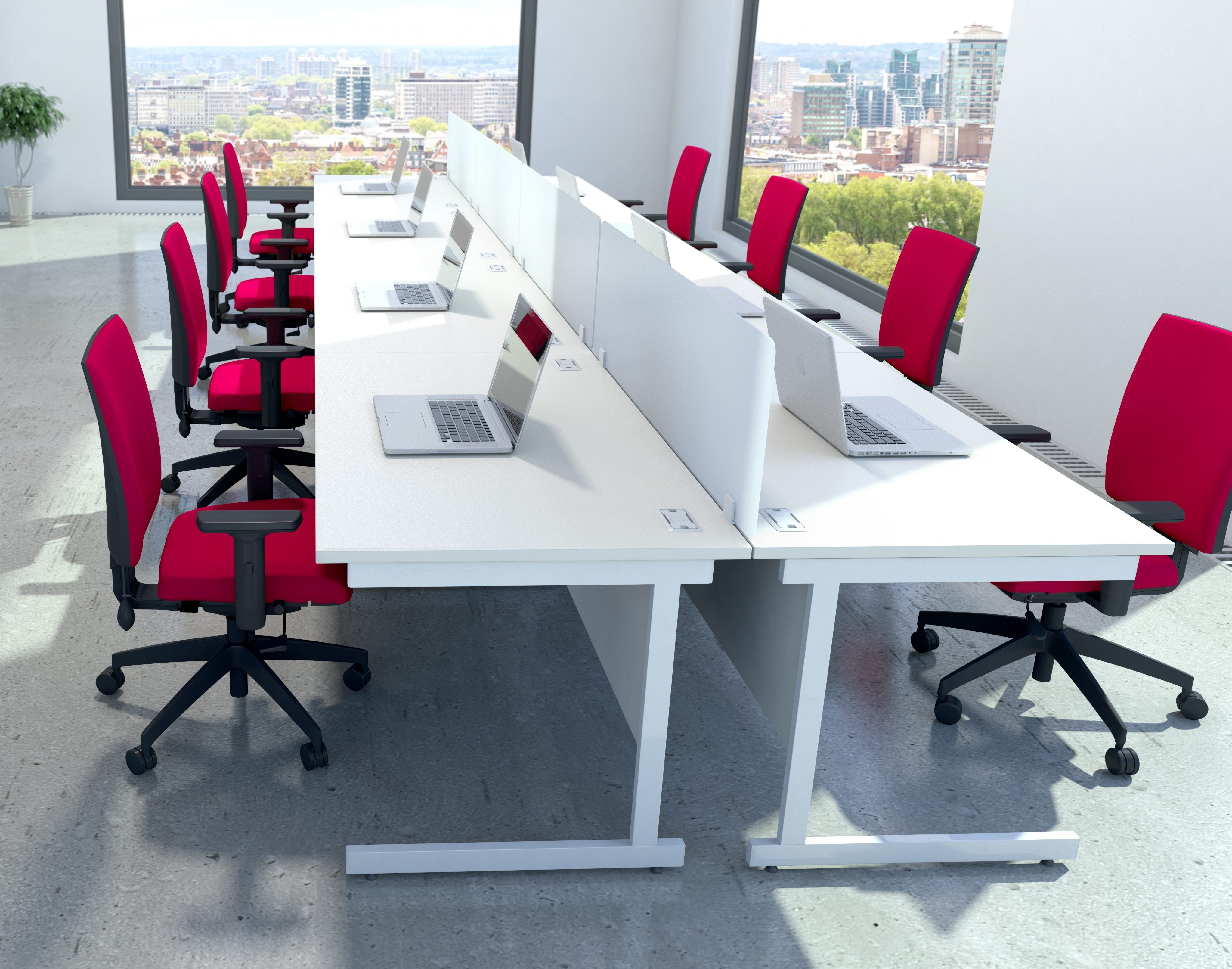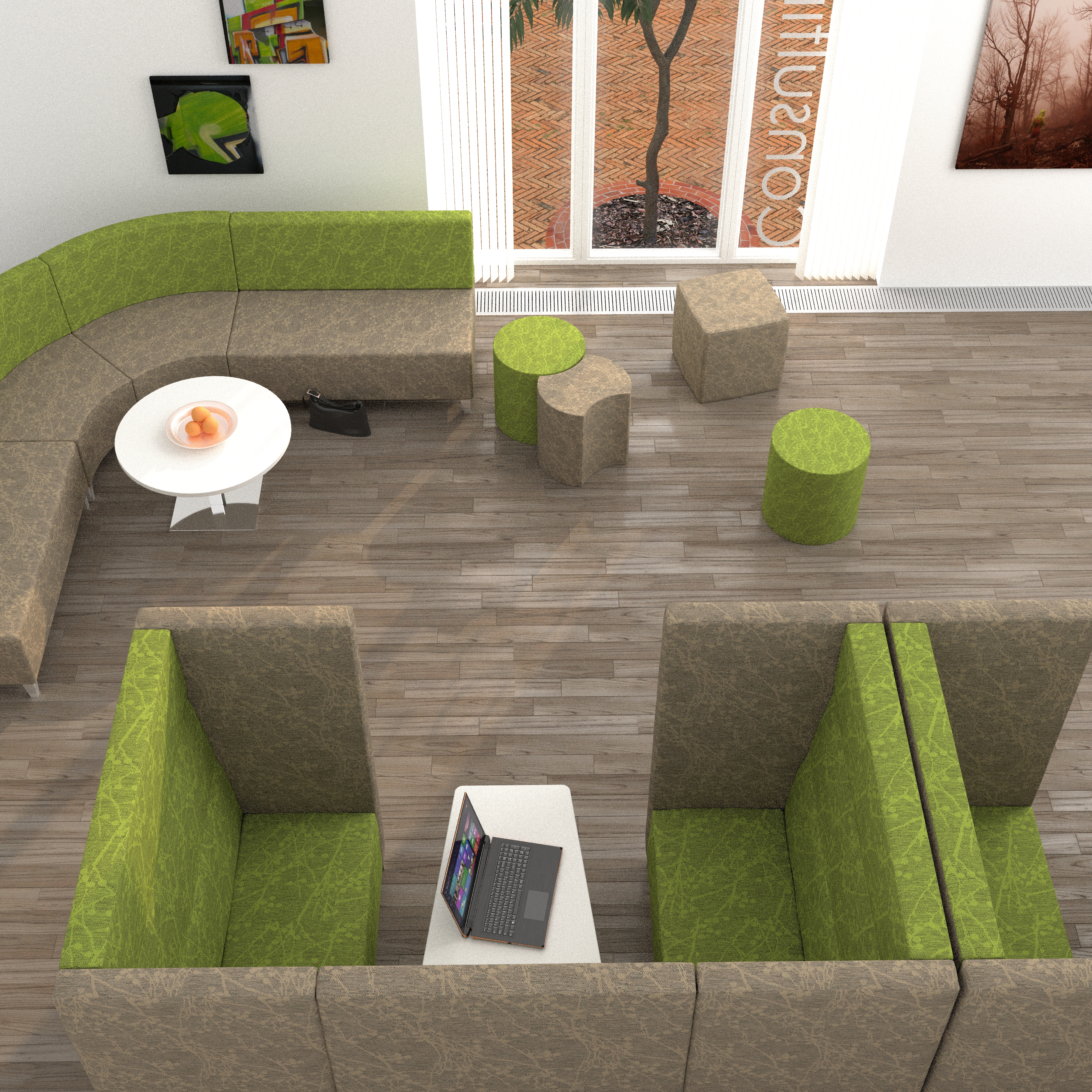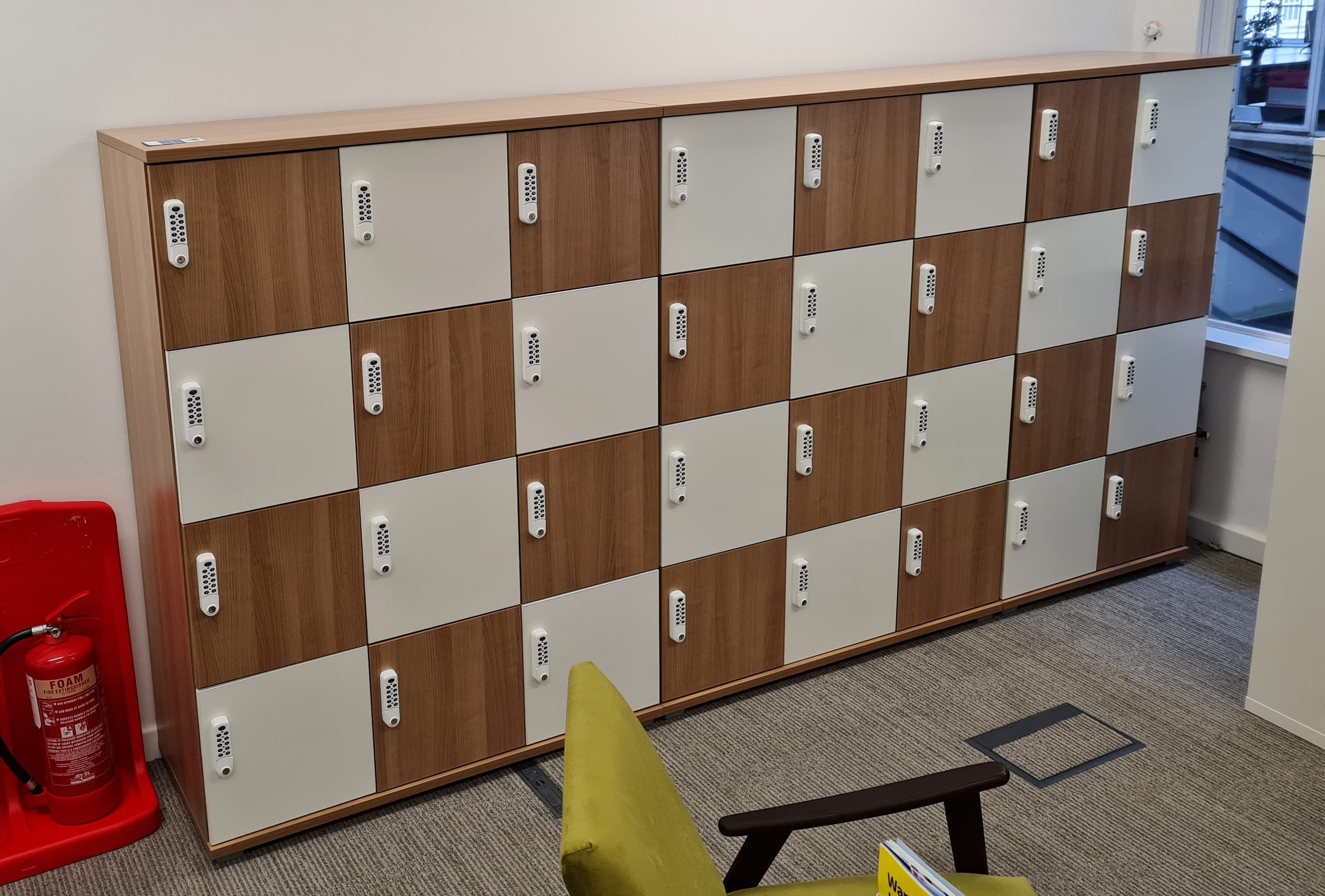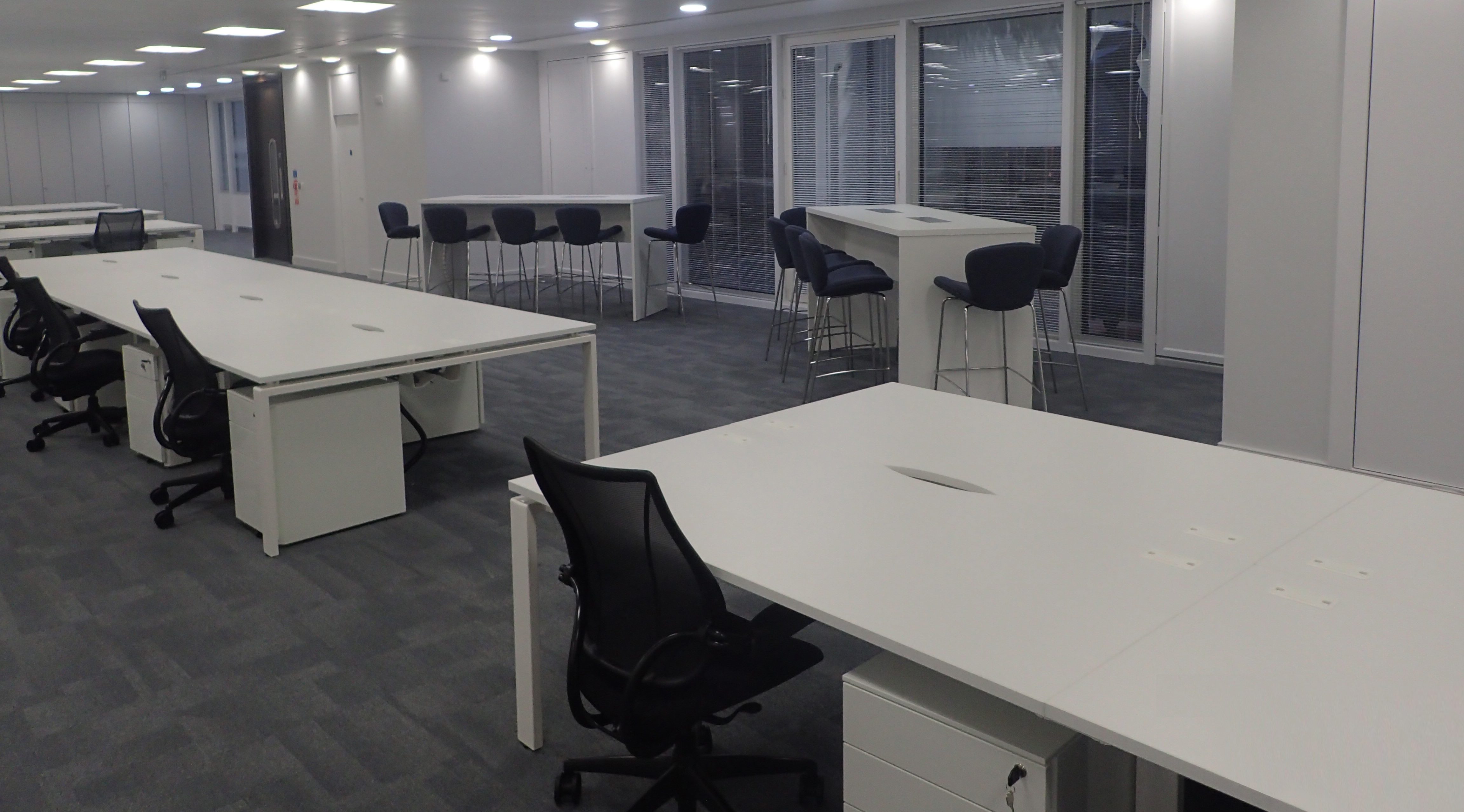Much has been written and demonstrated about the importance of a well-designed and human-centric workplace. The primary objective of office design must be to support the activities of the people and organisation within it to promote comfort, health, performance, and productivity. With the majority of Small and Medium Sized Enterprises aiming for increases in sales and growth, the focus on efficient working practices is imperative.
Most business managers recognise the benefits of a well-designed workplace and want to adapt to meet the requirements for changing work patterns and styles. With pressures on budgets, particularly within the current economic climate, many organisations cannot commit to employing external design experts and planners.
Many locally and regionally based furniture suppliers, supported by manufacturers, can offer highly professional design and planning expertise. Working with the client, they can analyse working practices and requirements to produce proposals including layouts and space plans to optimise efficiency and well-being. In addition, advice will be available regarding legislation compliance and good ergonomics including correct chair height, adequate equipment spacing, and good desk posture.

Regionally based furniture suppliers, supported by manufacturers, can offer highly professional design and planning expertise.
Today’s offices need to provide a ‘hub’ for the organisation providing a variety of work settings to match different ways of working. More ‘traditional’ desk areas are now supplemented with concentration spaces, together with formal and informal meeting facilities for collaboration and socialising.


Traditional desk areas are now supplemented with concentration spaces, together with formal and informal meeting facilities for collaboration and socialising.
With the adoption of ‘hybrid’ or flexible working, facilities are needed so staff can be confident that their belongings are safe and secure whilst at work. In addition, this can be a convenient facility for visitors to store a laptop, for example, for a few hours.

Lockers provide a practical storage solution for ‘hybrid’ workers.
Access to IT remains an important function for the workplace. Furniture designed to accommodate cable management is, therefore, an important consideration. Similarly, ‘hot desking’ or ‘touchdown’ facilities are often required for non-office-based personnel. All too often, people spend time searching around for an unoccupied desk only to be moved on when the permanent occupier returns from lunch or a meeting!

‘Touchdown’ facilities are often required for non-office-based personnel
A multi-functional, purpose-designed office is not simply for large, corporate environments in prestige business parks and city centre locations.
SMEs (small and medium-sized enterprises)* actually account for 99.9% of the business population. 5.548 million small businesses employ 0 to 49 employees representing 99.2% of the total business population. There are a further 35,600 medium-sized businesses with 50 to 249 employees, just 0.6% of the overall total. Larger businesses, with over 250 employees, around 7,700 organisations only represent 0.1% of business population.
All sizes of companies around the country have access to a wealth of experience and expertise from local suppliers providing a personalised service and supporting each regional economy.
*UK Government statistics: business population estimates 2021

 01953 453830
01953 453830